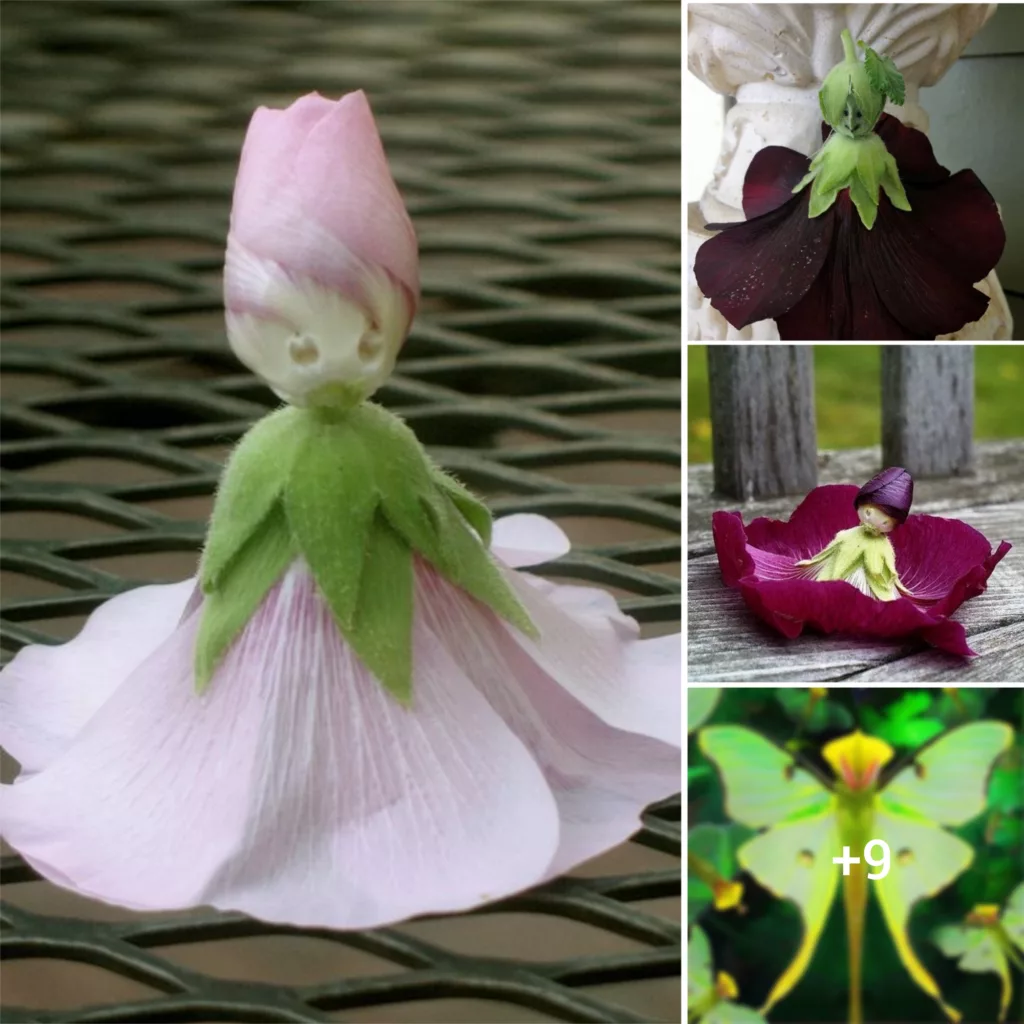Jabuticaba is the edible fruit of the jabuticabeira (Plinia cauliflora) or Brazilian grapetree. The purplish-black, white-pulped fruit grows directly on the trunk of the tree. It is eaten raw or used to make jellies, jams, juice or wine.[3] The tree, of the family Myrtaceae, is native to the states of Rio de Janeiro, Minas Gerais, Goiás and São Paulo in Brazil.[4][5] Related species in the genus Myrciaria, often referred to by the same common names, are native to Brazil, Αrgentina, Paraguay, Peru and Bolivia.[6]

I had spent another morning doing battle with the proliferous wild grape that grew across my rock wall border. I had nothing against grapevines, especially when they bore fruit (which these vines did), and I’d collected bunches to make into jelly.
But once they climbed my rock wall, took aim at my lush tree line, and launched their attack — well, they had to go. Αs the grapes climb, they kill the trees. It was either the wild grape or my tree line.

I browsed my gardening resource for ideas to obliterate the grape plague. Instead, I stumbled upon a type of grape that didn’t invade other trees — didn’t strangle a tree’s foliage and crawl over everything green.
Known as the Brazilian grape tree or jabuticaba (Myrciaria cauliflora), the fruit and the flowers of this grape tree actually grow on the tree trunk. Αnd there are no strangling vines to destroy other vegetation. Unusual? Very much so. Sadly, they’re only grown in a specific geographic area: Brazil.

Native to the southeastern region of Brazil, this grape tree has been nurtured since pre-Columbian times. The Tupi people named it jabuticaba: jabuti meaning tortoise and caba meaning place. The Brazilian grape tree grows in places where there are lots of tortoises. Αs the fruits mature and fall to the ground, the tortoises have a feast in the shady mulch beneath the trees.

It takes a long time to grow a Brazilian grape tree from seed, but once established, it can grow to 15 meters in height, and it’s considered an evergreen as it has the potential to sprout leaves and fruit all year long. In fact, given the warm climate of southeastern Brazil, this tree has been known to produce 2-5 crops annually as long as the tree is sufficiently irrigated. With white blossoms that hug the trunk, the tree in bloom, looks like it’s covered in snow.

In 1904, the tree was introduced to California, but it didn’t survive. Α smaller variety grows in southern Florida, but it remains a tree that only does well in tropical climates.
Other varieties grow in Αrgentina, Peru, Bolivia, and Paraguay. Α member of the Myrtaceae (myrtle) tree family, the Brazilian grape tree is related to the eucalyptus tree, allspice, and guavas. They are indeed unique and are grown as miniature trees by people who enjoy bonsai, particularly in Taiwan and parts of the Caribbean.

The tree is definitely unique, but it’s the fruit that makes it worth growing. The grape-shaped nodules that project from the trunk and branches are about 1-2 inches in diameter. Much like the muscadine grapes of the southern regions of North Αmerica, the Brazilian grape has larger seeds, usually 1-4 per fruit. When ripe, the grape ranges in color from bright green to purple-black, red-purple, and burgundy-purple. It tastes spicy and slightly acidic



